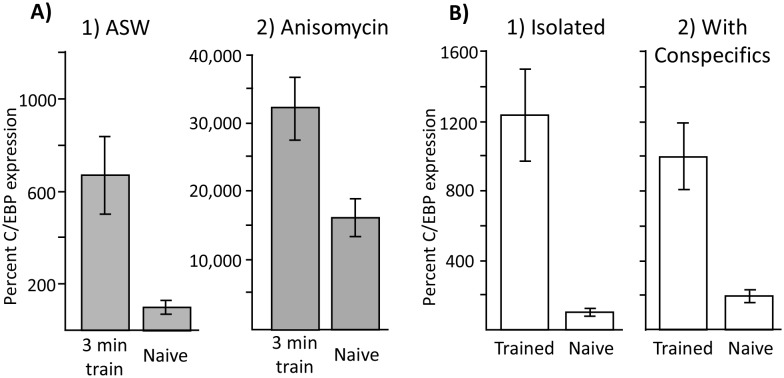Figure 8. Increased C/EBP expression is a correlate of training, not of memory formation.
(A) Effect of 3 min training during the inactive phase on C/EBP expression. Data are from the buccal ganglia of A. californica. (1) Training 10 min after injection with ASW (Trained: N = 8; Naïve: N = 9) produced a significant increase in C/EBP mRNA expression (p=0.004, t = 3.43, df = 15), even though this treatment did not lead to long-term memory. (2) Training after injection with anisomycin (Trained: N = 8; Naïve: N = 8) also produced a significant increase in C/EBP (p=0.008, t = 3.11, df = 14; both tests are two-tailed unpaired t-tests), over that caused by the injection of anisomycin in naïve controls (see Figure 6) Note that values for all 4 treatments are normalized to the value for naïve animals treated with ASW. As shown above, anisomycin alone caused a large increase in expression. (B) Effects of training in isolation on C/EBP expression. Data are from the buccal ganglia of A. fasciata, in which training during the active phase when animals are maintained in isolation does not produce long-term memory. Note that C/EBP expression in all four groups was normalized to expression in isolated, naïve animals, in which the mean value was set as 100%. (1) Training in A. fasciata maintained in isolation (Trained: N = 10; Naïve: N = 10) produced a significant increase in C/EBP expression (p=0.0009, t = 4.27, df = 18), as did (2) training in animals housed with conspecifics (Trained: N = 6; Naïve: N = 6) (p=0.004, t = 4.13, df = 10). Note that maintenance with conspecifics itself produced a small increase in C/EBP expression (p=0.05, t = 2.52, df = 14; all tests are two-tailed unpaired t-tests with Bonferroni correction).
DOI: http://dx.doi.org/10.7554/eLife.17769.017

